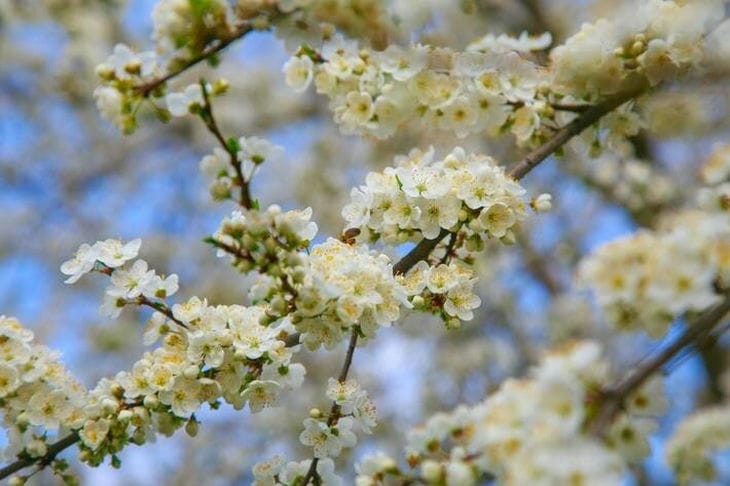In order for fruit trees to be strong, bear fruit abundantly, and their fruits to be tasty, spring feeding is necessary, which is carried out three times.
If you perform this procedure correctly and in a timely manner, then, as the expert of the online publication BelNovosti, scientist-agronomist, landscape designer Anastasia Kovrizhnykh says, the results will pleasantly surprise you.
In spring, fruit trees can be fertilized with both organic and mineral substances.

First feeding of fruit trees
The first feeding is done in March using fertilizers with a high nitrogen content, such as urea. Before feeding, it is necessary to prune dry, damaged and diseased branches.
Urea is added to the soil under the tree crown, after clearing the soil surface of weeds and fallen leaves. Young trees require about 50 g of urea, and mature trees – about 100-120 g.
Second feeding of fruit trees
This time, fertilizers should be applied in April, when plants, in addition to nitrogen, require potassium and phosphorus to improve the growth of new shoots, strengthen the roots, and subsequently - for good flowering and fruiting.
For this type of feeding, complex mixtures based on phosphorus-potassium fertilizers are best suited, which are used for foliar feeding, which are applied by spraying the crown and trunk of the tree.
Third feeding of fruit trees
In May, fruit trees are fed with organic fertilizers, the following being ideal:
• green infusion;
• manure;
• wood ash;
• compost;
• bird droppings.
Fertilizers can be applied both dry and dissolved in water. Top dressing should be root, and its dosage depends on the age of the trees.
Previously, we talked about how to grow large carrots using a saline solution .

